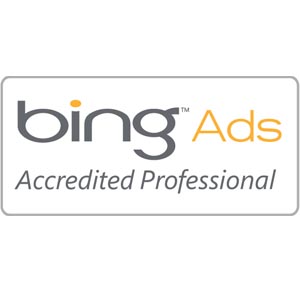As more businesses move onto the Internet, whether that be through having a website to draw in new customers or completely doing all business online, it is important to understand why your website needs be ADA compliant. Ensuring that your website is accessible to all people is an important step when moving online. With that being said, you might be asking yourself “How do I make my website ADA compliant?” and that’s what we are here to help answer!
We will go through some basics related to making your website ADA compliant and why you should do so.
Does My Website Need to be ADA Compliant?
ADA compliance is guidelined by the American with Disabilities Act as giving those with disabilities equal access to websites for finding information, paying bills, shopping, and more. All websites are held to standards to make them perceivable, distinguishable, operable, understandable, and robust.
When asking yourself “does my website need to be ADA compliant” the basic answer is yes. If your site does not meet ADA compliance, you could be open to lawsuits, financial liabilities, and potential damage to your brand’s reputation.
How to Make A Website ADA Compliant
There are quite a few ways that you can go about making your website ADA compliant. Remember that accessibility for various individuals is the key factor when working to make a website ADA compliant. Some common ways to meet ADA compliance are:
- Create an organized and consistent layout. Links, buttons, menus, and other navigational tools should be organized in a clear way that separates them from each other and allow easy navigation throughout the whole website.
- Create text transcripts for all video and audio content. Transcripts of video and audio content assist hearing-impaired users to understand content that otherwise may be difficult to fully access otherwise.
- Have alt tags for images, videos, and audio files. Alt tags allow users to read or hear alternative descriptions of content that they may be unable to view. Alt tags will usually describe the object, whether it is an image, video, or piece of audio, and what purpose it has on the website.
- Have the website’s language in the header. Clearly presenting what language the website should be read in will help users who make use of text readers. Text readers are used to read websites out loud to users and can identify codes that alert them to the site’s language.
- Functionality: To meet ADA compliance, a site’s functionality should allow for easy navigation that can be done with only a keyboard. Other features like including the ability to zoom up to 200% without having a negative impact on readability, an easy to access search function, and having a sitemap on the homepage are other features required under ADA compliance guidelines.
These are some of the most common ways to ensure that your website is ADA compliant. Having an ADA compliant website is a simple step to making the browsing experience more comfortable and accessible for your potential customers and users. When looking at how to make a website ADA compliant, keep these steps in mind! ADA compliance checklist
Liability for Non-Compliance
Failure to comply with the ADA guidelines means that your business is open to potential lawsuits. Costs from an ADA lawsuit can add up quite quickly.
Apart from wanting to meet ADA compliancy, providing accessibility to users with disabilities means that your potential customer and client base opens up further. If users can easily navigate your website, your potential sales opportunities will rise and search engines will be able to index your site, causing a rise in your rankings.
When asking yourself how do I make my website ADA compliant, keep in mind that it’s a process that you do not have to go through alone. If you’re curious to check that your site is ADA compliant or you want to take steps to implement new features to meet ADA compliancy, Split Reef is more than equipped to help you in that process!

Split Reef is a modern, results-driven digital organization always ready to support clients in their search for digital supremacy. With Split Reef, your budget isn’t going to hold you back from partnering with us to make your project successful. Our offices are located in Columbus, Ohio and Jacksonville, Florida.










